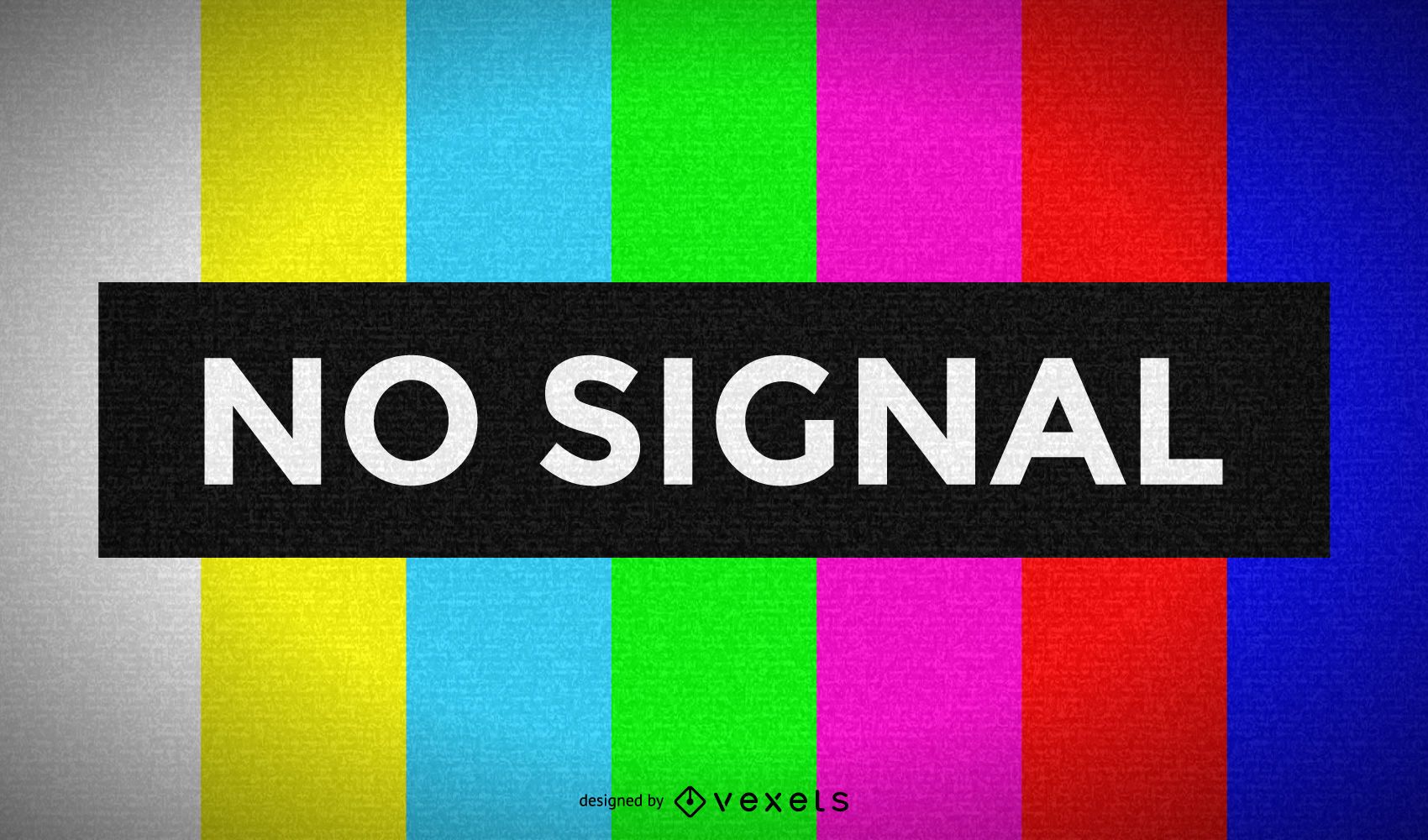639
Without television, it can quickly become boring. That’s why we have summarised the most common causes and the best possible solutions for you in the event of a fault.
No TV signal – what to do?
A disturbance in the TV signal is annoying, but in many cases it can be quickly remedied. You can find out here where problems can lurk.
- A real classic that always leads to success: Check all cables. Make sure the antenna has power and check all signal cables. Switching the aerial, amplifier, receiver and TV off and on can also help.
- If you are using a receiver, make sure that your TV is receiving a signal from it. An error message from the receiver is also sufficient to further isolate the problem: If your TV receives a video signal from the receiver, you can rule out interference between these two devices.
- Start a new channel scan. If the programme line-up of your TV provider changes, your TV will no longer find the individual channels.
- If you have a satellite system, it can happen that the dish is misaligned. Due to strong wind or advanced age of the system, the exact alignment is not always guaranteed. Therefore, adjust the dish.
- Distributors and amplifiers in the house can also cause problems. Check both the power supply unit and the signal cables.
- If you live in an apartment complex with a central satellite dish, you can find out from your neighbours if their TV is not working either. This will help you to rule out the possibility that you are the cause of the problem.
- For users of the cable TV network, we have summarised the best possible solutions in another article.
- If the problem persists, you should contact your provider. They will be able to assist you with further troubleshooting.
Possible cause: disconnection of analogue signal
Another possibility for problems with TV reception: more and more regions are switching off the analogue TV signal.
- There are several reasons for the switch-off of the analogue signal: First, it offers lower picture and sound quality, and second, it is relatively inefficient because of the bandwidth it requires. In addition, most viewers have switched to digital signal anyway.
- First check whether you have received an analogue TV signal. If this is the case, it is advisable to switch to the new DVB-C standard. First check whether your TV set has a built-in DVB-C tuner. If not, you can continue to watch TV on the old set with a DVB-C receiver.
- If you already receive digital, you should still start a channel search. As mentioned above, the frequency of each channel may change and your TV or receiver may no longer find it.
